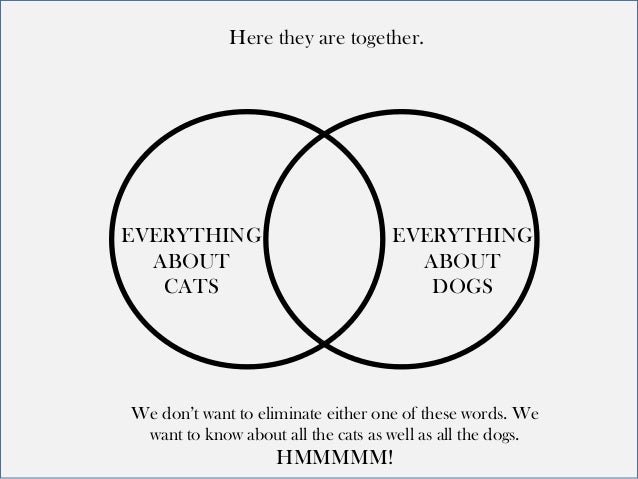

In the Boolean Search box, to retrieve a starred MeSH heading, e.g., *COLITIS, ULCERATIVE, you would type in colitis, ulcerative. MeSH Headings Retrieving a Starred MeSH Heading If there are no parentheses used in a search formulation, then the operations will be processed left to right. Instead, parentheses are the indicators for which operations are performed in what order, e.g., (a OR b) & (c OR d) means that the OR operations inside the parentheses will be done before the AND operation between the two sets of terms. In PubMed there are no separate search statements to indicate the order of performance for the Boolean operations. Using Parentheses to Create an Order of Operations Parentheses are reserved for the nesting of Boolean operations as described in the next paragraph and may not be used with field qualifiers. Field designations may be in upper or lower case, i.e., both heart and heart will retrieve the same citations. Pre-qualification of terms does not work. If you are using the Boolean search screen, you must post qualify each term with a field designation that must be enclosed in square brackets. A search formulation may contain both symbols and words to represent the Boolean operators, e.g., x & y OR z.įield Designations MUST be in Square Brackets You may use the & (ampersand) in place of AND. If you type them in lower case, your search may still retrieve results, but all the lower case Boolean operators will be replaced with AND, which is the default Boolean operator. The operators must be entered in capital letters (if spelled out) as shown here. There are three Boolean Operators available to you in PubMed: AND, OR, NOT. This article will not give a comprehensive list of all the search fields available in PubMed, because this information is available to you in Help and will be at your fingertips there, when and where you need it.īoolean Operators MUST Be CAPITALIZED in PubMed Click on Help and Search Fields for a description of the fields that are available for searching and the abbreviations used for those field qualifiers.
#BOOLEAN SEARCH LANGUAGE FULL#
All the information below is available to you in the Help screens including a full description of the Boolean Search features. To reach the Boolean Search box: click on Advanced Search, and then Click on Boolean Search. You may run a Boolean search from any search box, but the roomiest screen is available in Boolean Search. Also remember that PubMed is "a work in progress" and features may change as the system is enhanced. Future articles will explore some of the alternate methods and highlight other aspects of PubMed including unique features of the system. Please remember that these hints represent just one way to accomplish a search and there are almost always alternative ways to do any strategy in PubMed.

#BOOLEAN SEARCH LANGUAGE HOW TO#
The hints below are an introduction to a whole new way of thinking about how to frame your search. The goal is to make the transition to PubMed a little easier for experienced ELHILL searchers.
#BOOLEAN SEARCH LANGUAGE SERIES#
This article, the first in a series of occasional articles, describes how to do Boolean searching in PubMed. As described in the cover story of the May-June 1997 Technical Bulletin, PubMed provides free access to MEDLINE (1966-current) and PREMEDLINE all in one database. PubMed is a new NLM Web interface available at. Skip Navigation Bar NLM Technical Bulletin 1997 Jul-Aug 297


 0 kommentar(er)
0 kommentar(er)
